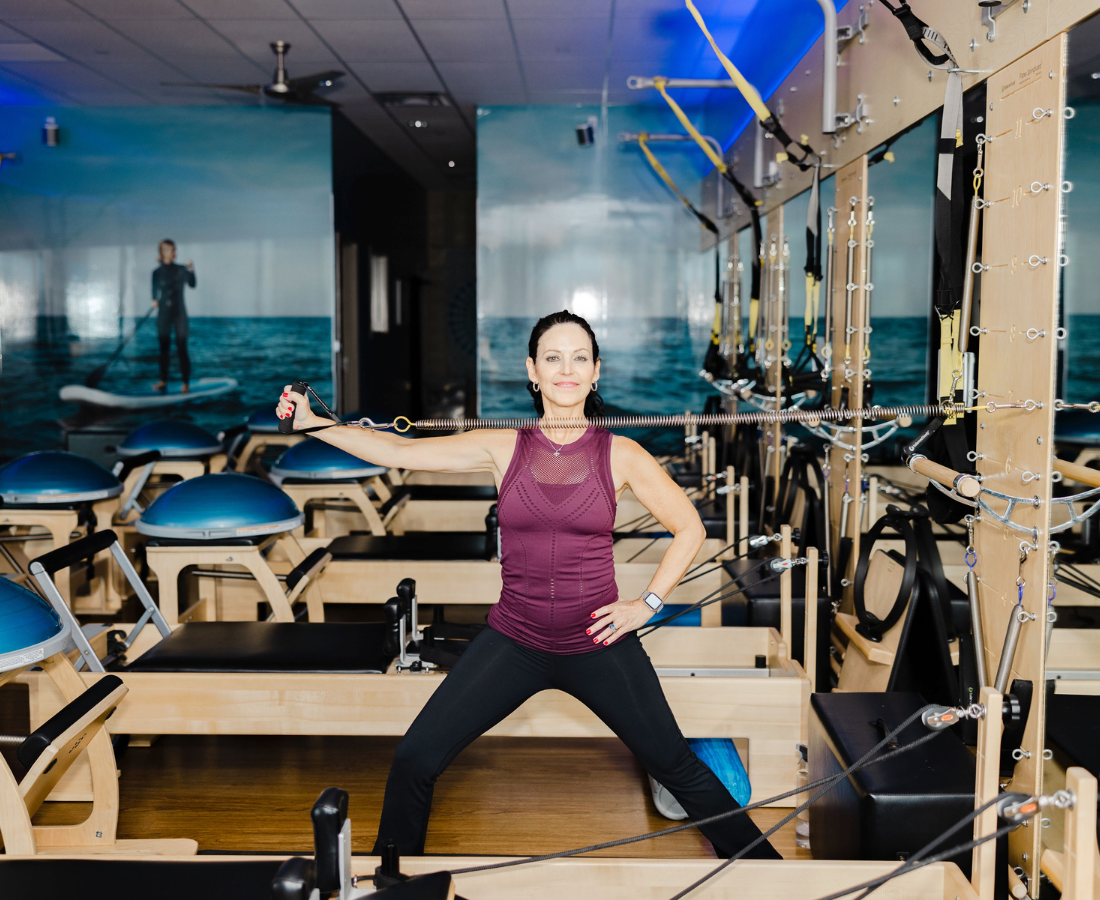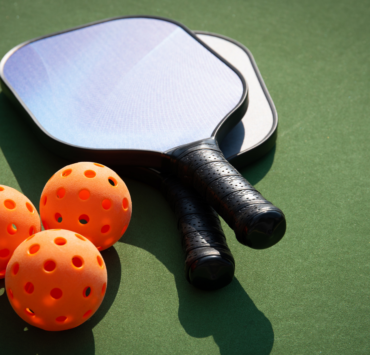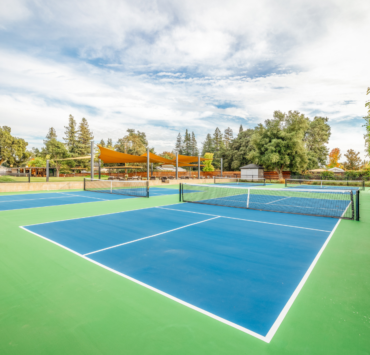Discovering Pilates
I literally fell in love with Pilates! I was fit, strong, and flexible, and I worked out all the time, but my lower back was chronically sore. To look at me, you wouldn’t know that I had chronic low back pain.
Back in 1999, I was working at the local YMCA teaching group exercise classes and doing personal training part-time along with my full-time “day job,” and my friend said to me, “Shannon, you should take my Pilates class,” and I asked, “What’s that?” I took the class, and after that one hour, my lower back pain was gone entirely.
After that class, I never looked back. I knew this workout was different, so I traded my pantyhose and high heels for leggings and bare feet and have been studying and teaching ever since.
Pilates for Pickleball
One of my favorite workshops to teach is Pilates for Pickleball, which is based on my 3-D Pilates in Motion program, or the ABCs of Pilates: Alignment, Breathing, and Core. Pilates for pickleball includes three parts: Prehab, aka Free Functional Standing Warm-up for Pickleball, Performance, and Recovery focuses on self-myofascial release and elongating movements. I see lots of ankle sprains, knee and hip issues, low back and spinal issues. I also see shoulder, elbow, and wrist issues, but consider those a symptom of the players’ core being disassociated from the lower body and spine. Ultimately, my goal for every player is to prevent injury, improve performance, and empower them with self-care techniques for recovery.
Advice for a beginning pickleball player
Do a Functional Standing warm-up that prepares the body for pickleball to improve performance and prevent injuries.
Functional movements stimulate the “proprioceptors.” Non-functional movement is similar to finding your way in the dark. Functional movement is similar to seeing your way in the light. The difference can be summed up in one word: electricity. Electricity, when the light is “switched on” the proprioceptors are stimulated for the intended task, pickleball in this case. All movements stimulate the neural sensors in the body’s tissues. However, the challenge is to utilize movements that facilitate the proper neural information rather than isolated, non-functional exercises that inhibit normal muscular responses, and the proprioceptors for the intended task are “switched off.” The more Proprioceptors are switched “on” authentic to the intended task, the safer and better-prepared players are. Stretching and groundwork are fine but better to be done as recovery.
About Shannon Willits
I am a master Pilates educator for Club Pilates. I’m also a master trainer for Barre Above and Relief Through Rolling, a system of self-myofascial release. I’m certified in many other movement modalities, including TRX, The MELT Method, BOSU, Gyrotonic, and Pilates for Pickleball.



